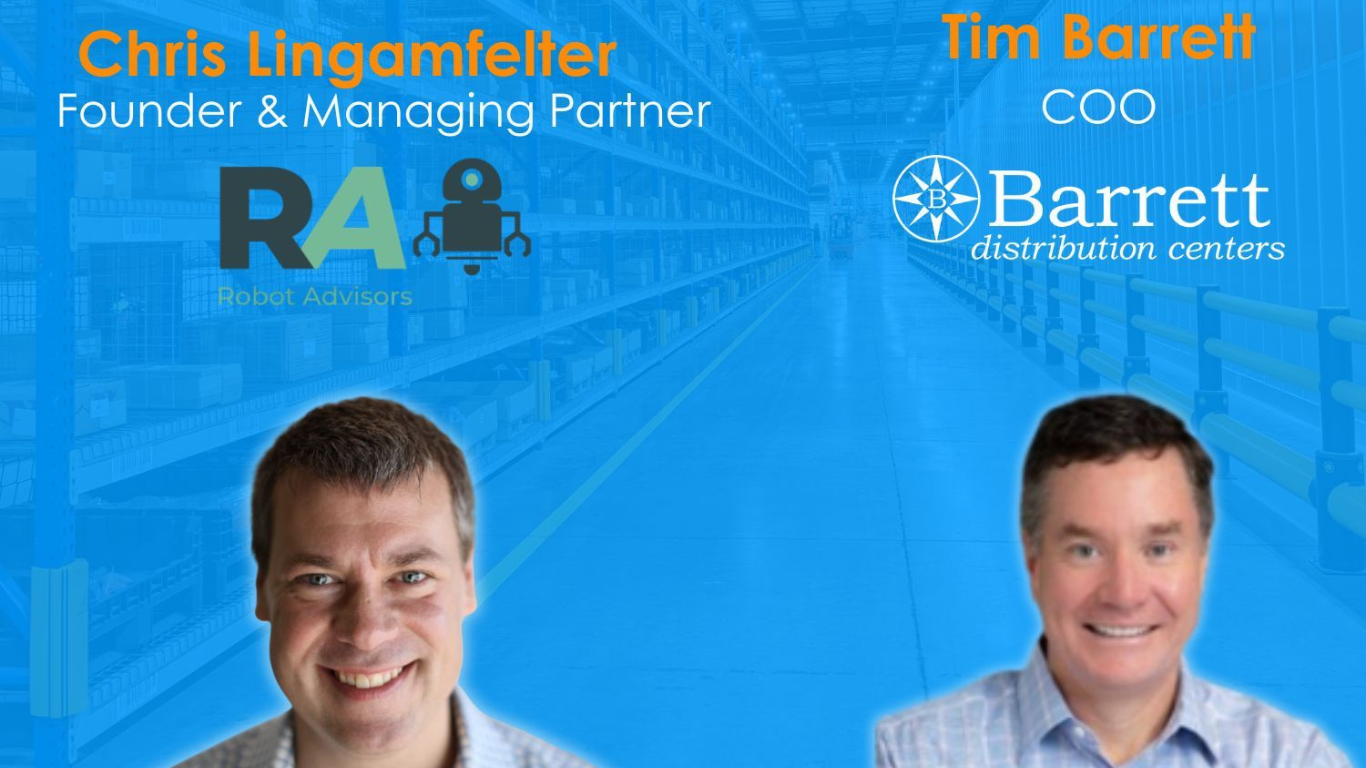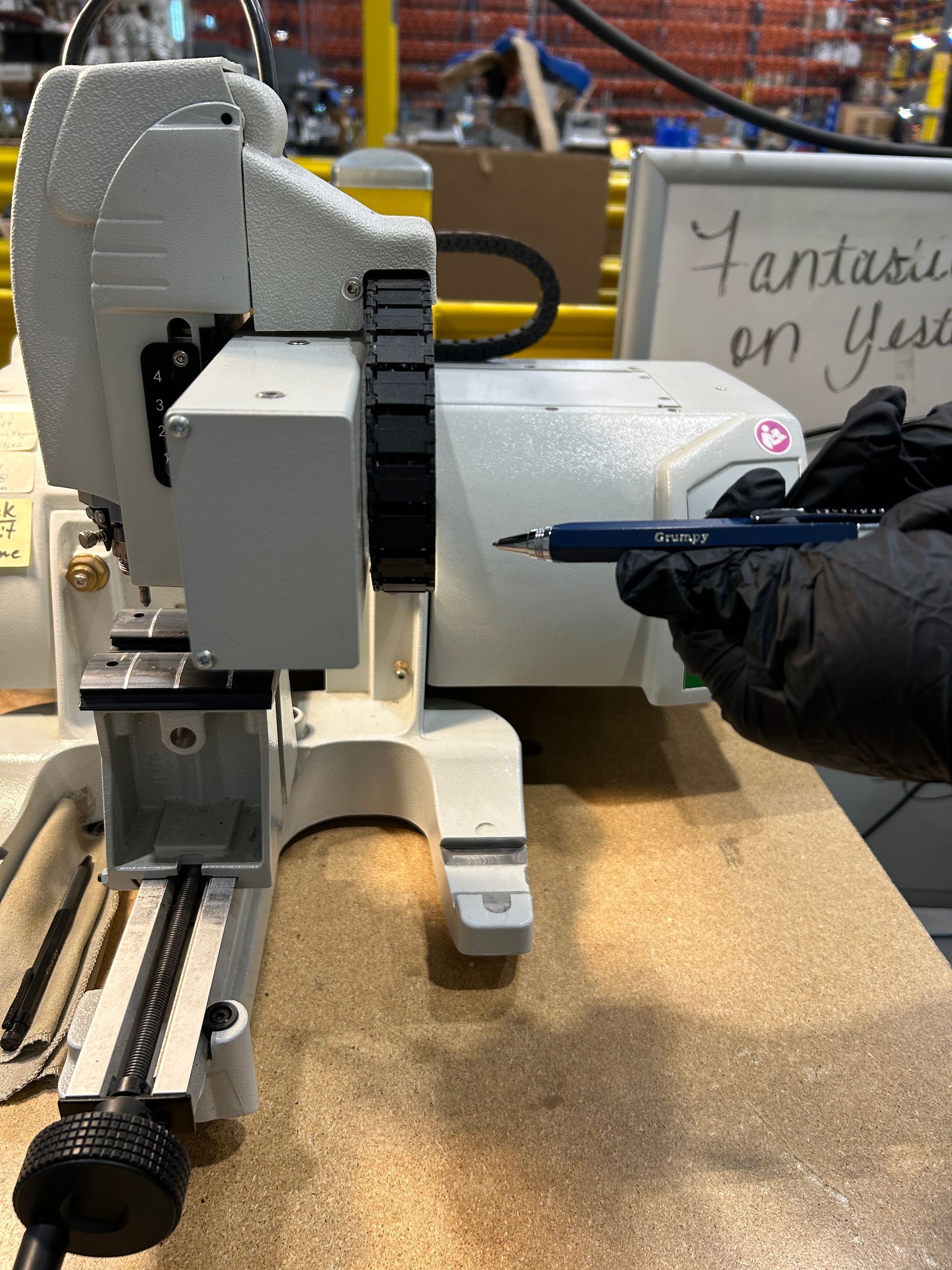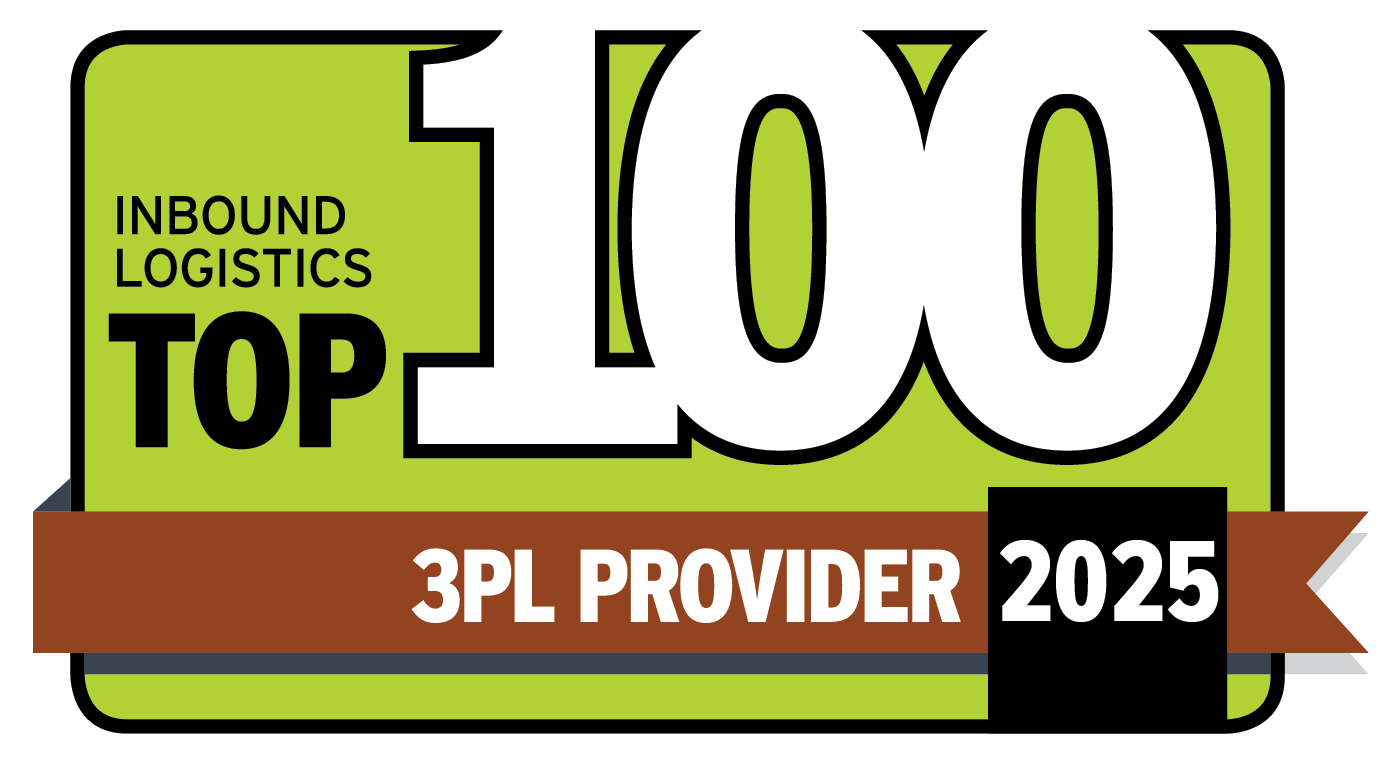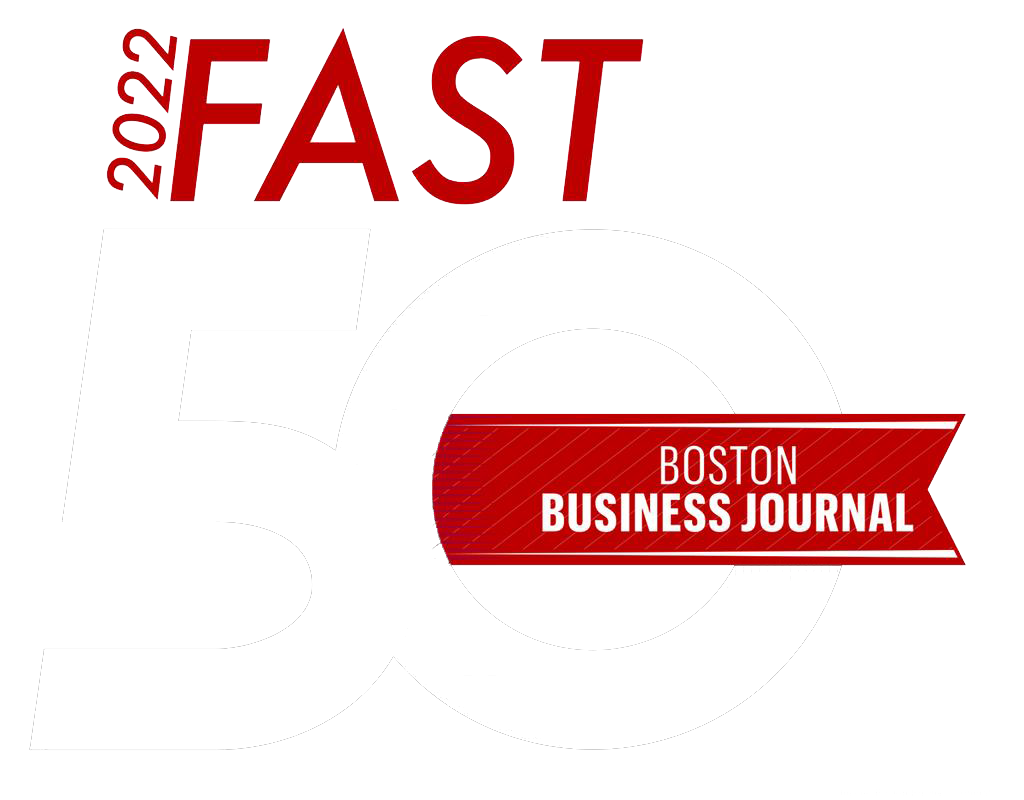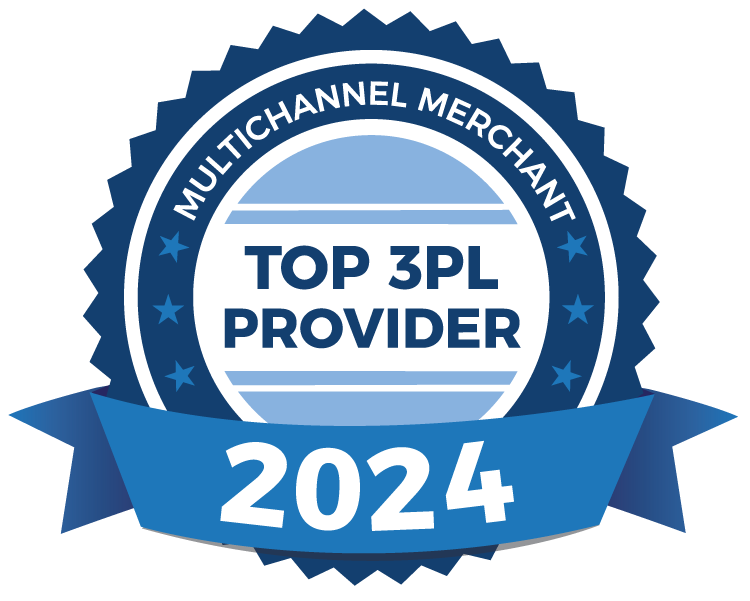SVT Robotics Honored with Supply & Demand Chain Executive and Food Logistics Top Supply Chain Projects Award
Award profiles innovative case study-type projects designed to automate, optimize, streamline, and improve the supply chain.
Norfolk, Virginia – June 17, 2024 – , the only publication covering the entire global supply chain, and Food Logistics, the only publication exclusively dedicated to covering the movement of product through the global cold food supply chain, named as a winner of this year’s Top Supply Chain Projects award, which profiles innovative case study-type projects designed to automate, optimize, streamline, and improve the supply chain.
“It’s an honor to be named a winner of the Top Supply Chain Projects award,” said A.K. Schultz, co-founder and CEO of SVT Robotics. “ simplifies the journey to automation by providing a standard way for disparate systems and technologies to communicate. We’re empowering Barrett Distribution Centers with the ability to easily integrate, manage, and scale automation solutions so they can meet and exceed operational goals. Our mission is to make automation accessible to all and we’re grateful that our technology has been recognized with this award.”
“It was critical to integrate the SOFTBOT Platform into our warehouse to fulfill customer orders,” said David Lynch, Director of IT 91���� and Security at Barrett. “Last year, with Black Friday and Cyber Monday just two weeks away, SVT’s tech-agnostic platform enabled us to integrate our systems without any downtime or disruptions. Partnering with SVT allowed us to improve inventory accuracy and increase our overall throughput for clients. Additionally, our IT teams weren’t distracted by the integration, allowing them to focus on other company needs.”
“The past 12 months has seen companies within the supply chain and logistics space upgrade, enhance, adopt and adapt in order to achieve greater efficiency along the chain. Companies implemented others’ software and technology to work smarter, together. Their partnerships cultivated resilience and placed a spotlight on projects designed to make the supply chain space safer and more efficient,” says Marina Mayer, Editor-in-Chief of Supply & Demand Chain Executive and Food Logistics. “And, now it’s time to celebrate those projects!”
To learn more about Barrett Distribution Centers deploying the SOFTBOT® Platform, . To view the full list of Top Supply Chain Projects winners, click here .
About Supply & Demand Chain Executive
Supply & Demand Chain Executive is the only supply chain publication covering the entire global supply chain, focusing on trucking, warehousing, packaging, procurement, risk management, professional development and more. Supply & Demand Chain Executive and sister publication Food Logistics also operate SCN Summit and Women in Supply Chain Forum. Go to to learn more.
About Food Logistics
Food Logistics reaches more than 26,000 supply chain executives in the global food and beverage industries, including executives in the food sector (growers, producers, manufacturers, wholesalers and grocers) and the logistics section (transportation, warehousing, distribution, software and technology) who share a mutual interest in the operations and business aspects of the global cold food supply chain. Food Logistics also operates SCN Summit and Women in Supply Chain Forum. Go to to learn more.
About IRONMARKETS
IRONMARKETS, formerly known as AC Business Media, is a leading business-to-business media and buyer engagement platform with a portfolio of renowned brands in heavy construction, asphalt, concrete, paving, rental, sustainability, landscape, manufacturing, logistics, and supply chain markets. IRONMARKETS delivers relevant, cutting-edge content to its audiences through its industry-leading digital properties, trade shows, conferences, videos, magazines, webinars, and newsletters. It also provides advertisers the analytics, data, and ability to reach their target audience. Learn more at
About SVT Robotics
SVT Robotics empowers supply chain IT teams to integrate, monitor, and scale automation with the tech-agnostic SOFTBOT Platform. This reduces custom development and support by providing a standard way for technologies to communicate. The SOFTBOT Platform also delivers enhanced system visibility, simplified troubleshooting, maximized uptime, and access to aggregated data, enabling companies to optimize operations across their business. Visit.
About Barrett Distribution Centers
Since 1941, Barrett has provided customized third-party logistics (3PL), direct-to-consumer (DTC) eCommerce fulfillment, omnichannel distribution, managed transportation solutions, and retail compliance for clients across all industries, with a focus on apparel & footwear, health & beauty, consumer packaged goods (CPG) and education. Barrett continues to be a leading 3rd party logistics provider in North America, known for superior execution, customer engagement, and direct access to senior leadership decision-makers. As a member of Inc.’s fastest-growing companies list 15 times, Barrett is big enough to do the job and still small enough to care about your business deeply. eCommerce brands interested in a new 3PL partnership may contact Barrett directly here.
Recent Blog Posts
